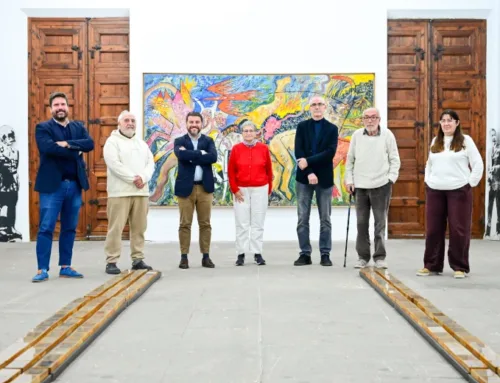The Museu de la Fundación Juan March in Palma reiterates its commitment to the milestones of classic cinema with the cycle Jueves de cine (Thursdays at the cinema). On the 29th of September at 6:30 pm the film “Under the Roofs of Paris” will be screened in its facilities as part of the selection The Origins of Musical Cinema. Free invitations can be booked on the march.es website.
The screenings will continue until December with one film each month. The selection by film writer and historian Román Gubern is made up of four films which, throughout the 1930s, were some of the first forays into sound cinema. The screenings will be preceded by presentations by writer Josep C. Romaguera. Afterwards, there will be an informal discussion with a glass of wine for those attending.
The series The Origins of Musical Cinema began at the Museu de la Fundación Juan March last March. In this second instalment, we can see how filmmakers who had initially rejected the nascent sound cinema, ended up accepting that its introduction was inevitable.
Thursdays at the cinema programme

René Clair directed the first French sound film, “Under the Roofs of Paris (1930)” – screening on 29 September – which combines silent dialogue with spoken dialogue and song. Joseph von Sternberg’s film “The Blue Angel (1930)” will be the second stop in the cycle on 27 October. The film is considered to be the first European film to be entirely in sound, starring the old silent film celebrity Emil Jannings and the future star of the new sound cinema, Marlene Dietrich.
Thursdays at the Fundación Juan March Museum will continue with Augusto Genina’s “Beauty Prize” on 24 November. It was directed by the Italian filmmaker Augusto Genina (who made propaganda films for Mussolini’s fascism) and is one of the first examples of French sound films. This film series, dedicated to pioneering forays into sound in the art of film, culminates with “42nd Street” (1933), on 22 December. This is one of the earliest exponents of the musical genre and is considered a classic and a reference.







Leave A Comment